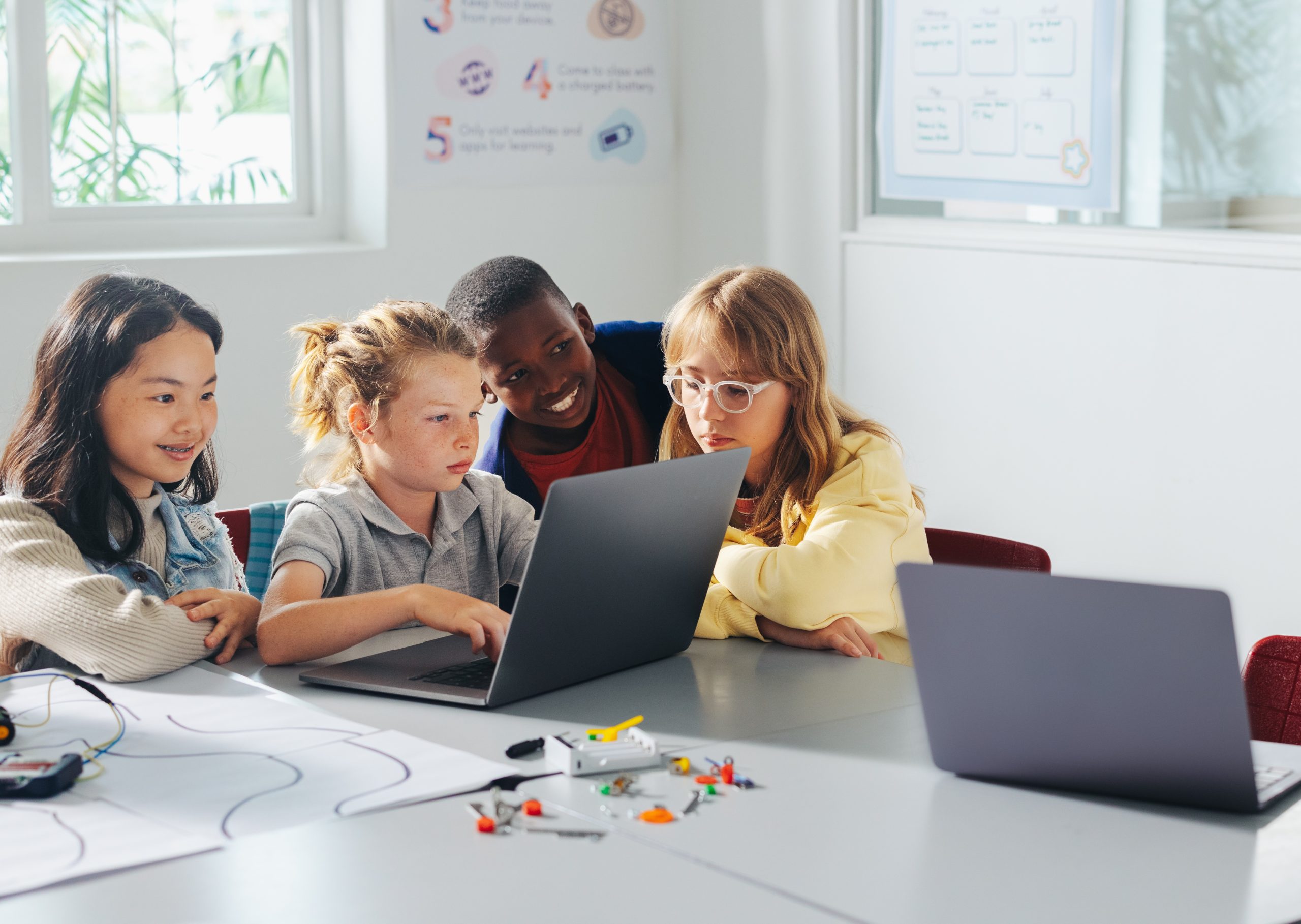Emerging Tools Shaping Modern Learning Spaces
In today’s evolving educational environment, technology plays a critical role in enhancing instructional delivery, student engagement, and classroom management. The influx of innovative educational gadgets over the past few years reflects a shift toward more interactive, adaptable, and student-centered learning. As classroom dynamics become increasingly diverse and digital literacy more essential, selecting the right tools is no longer a luxury—it is a strategic necessity. From personalized learning platforms to hands-on interactive devices, the latest classroom technologies are helping educators create responsive, future-ready learning spaces that foster deeper understanding and collaboration.
These tools are not just about novelty—they are designed with pedagogical outcomes in mind. Effective classroom gadgets bridge the gap between abstract content and real-world application, allowing students to engage with material in meaningful and memorable ways. They can also help differentiate instruction, streamline routine tasks, and create a more inclusive environment for diverse learning needs. As such, the selection and integration of new technologies require careful alignment with curriculum goals and a clear understanding of student needs.
Top Interactive Gadgets Transforming Instruction
One category of emerging classroom tools centers around interactivity and real-time feedback. Digital whiteboards, wireless document cameras, and interactive learning apps all fall within this space, offering teachers the ability to capture student interest and facilitate more active learning. Document cameras now include live annotation features and high-definition capture that allow educators to model processes—such as solving math problems or conducting science experiments—with clarity visible to every student. When combined with projection systems or smart boards, they become a powerful tool for demonstration and review.
Classroom clickers and app-based response systems have also advanced significantly. These tools enable educators to collect instant feedback, run live polls, and adapt instruction based on student understanding. Especially effective in formative assessment, these gadgets help create a feedback loop that supports continuous improvement. Some newer models even integrate gamified elements, allowing students to engage with the content in a competitive yet low-pressure environment.
Wearable technology is another area seeing exploration, particularly in early education and special education contexts. Devices such as gesture-based controllers or emotion-sensing wristbands can support communication for students with speech or developmental challenges, offering nonverbal pathways for expression and participation. While still gaining traction, these gadgets highlight how emerging technology can be used to meet the specific needs of underserved student populations.
The Role of Smart Boards in Modern Classrooms
Smart boards have become a staple in tech-enabled classrooms, evolving far beyond their original functionality. Today’s best smart boards are equipped with multi-touch capability, cloud integration, and compatibility with a wide range of software applications. These interactive displays allow for dynamic lesson presentations, collaborative problem-solving, and seamless incorporation of multimedia content. With the ability to annotate over websites, share screens from multiple student devices, and record lessons for later review, smart boards are redefining the way teachers deliver content and students interact with it.
When selecting the best smart boards for classroom use, key considerations include screen size, touch sensitivity, software ecosystem, and ease of use. Some models now come with built-in AI tools that assist with classroom management or adapt displayed content based on learning objectives. While not the only centerpiece of a tech-savvy classroom, smart boards continue to be a highly effective anchor for interactive instruction when paired with thoughtful pedagogy.
Integrating Innovation with Intentionality
As with any instructional tool, the effectiveness of classroom gadgets hinges on how they are implemented. A well-designed piece of technology can lose its value if not integrated purposefully into the learning process. Professional development, clear instructional goals, and ongoing evaluation are critical to ensuring that these tools enhance rather than distract from the core mission of education.
Ultimately, the best classroom gadgets are those that empower both teachers and students—tools that simplify complexity, inspire creativity, and open up new pathways to learning. As technology continues to evolve, the goal remains the same: to create engaging, equitable, and effective learning experiences that prepare students for a rapidly changing world.

